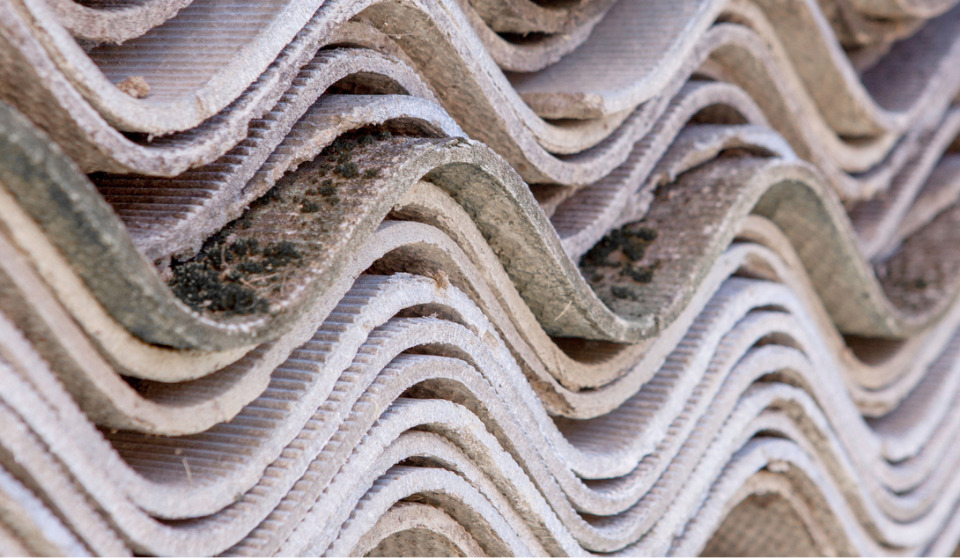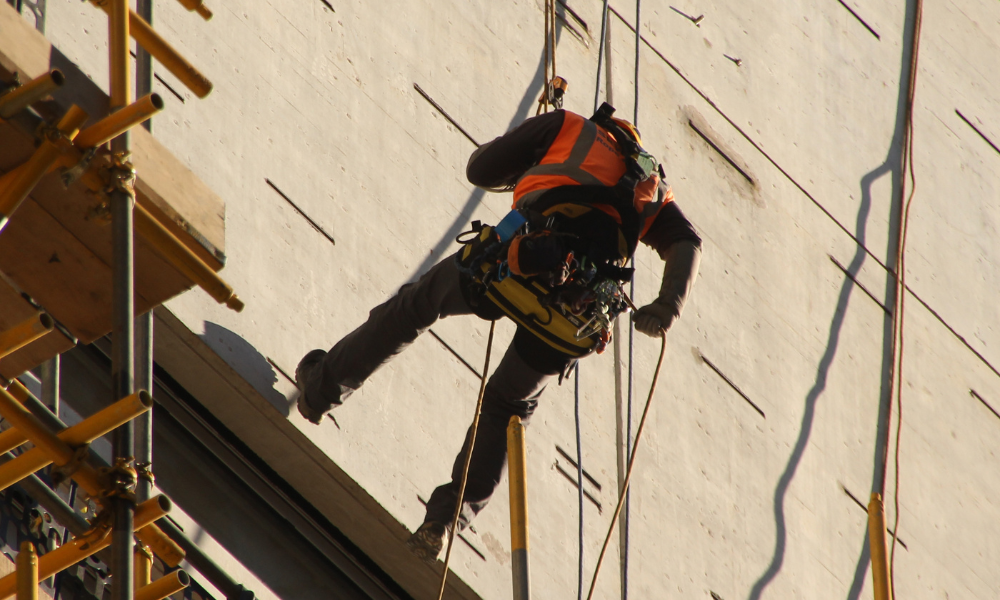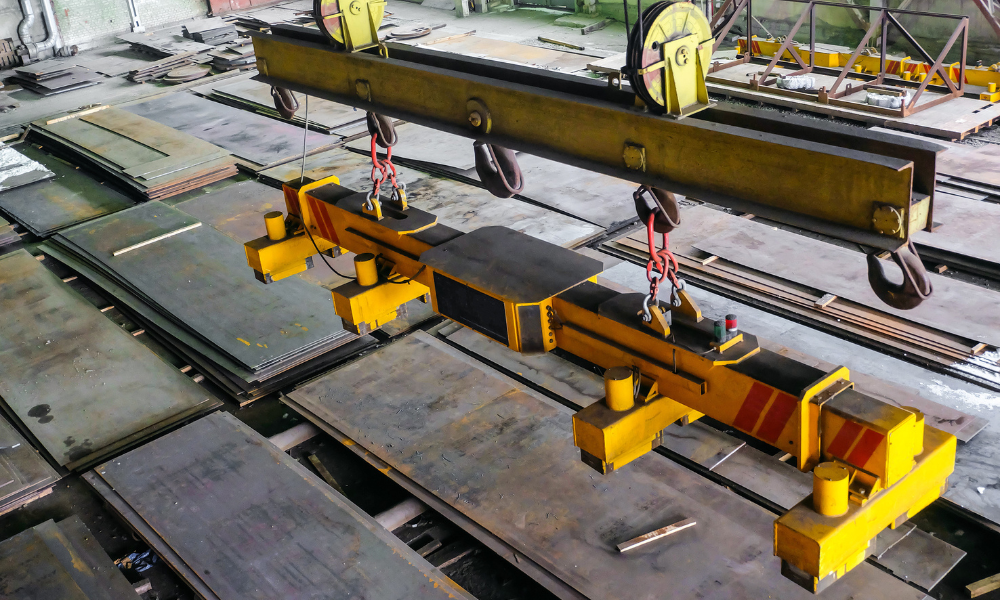Hazard recognition is the key starting point to managing health and safety risks, whether at home or at work. Two hazards that present real danger at home or at work are asbestos and mould

Neither asbestos nor mould are new hazards, but they are both often overlooked leading to unnecessary exposure and the associated health risks and concerns of friends, family and colleagues at work. Exploring these two hazards, we can be reminded of strategies for effective hazard control and risk reduction.
Asbestos is commonplace in our homes, offices and most buildings built before 1995. Asbestos is a group of minerals that occur naturally as bundles of fibres. It was once dubbed the “miracle fibre” for its strength, insulation properties and ability to resist corrosion and fire. Asbestos is typically present at a concentration of one per cent to 80 per cent in many common construction materials such as insulation, ceiling tile, floor tiles, texture or stipple coat and cement board. We now know asbestos is extremely dangerous if inhaled and exposure can cause disease and early death.
When an asbestos-containing product is disturbed, asbestos fibres are released into the air. Breathing asbestos fibres creates the risk of developing diseases including asbestosis, lung cancer and mesothelioma. Asbestosis is a buildup of scar-like tissue in the lungs that results in loss of lung function that often progresses to disability and death. Asbestos also causes cancer of the lung itself and a rare but deadly form of cancer of the lung lining, or pleura, called mesothelioma. This is a fatal malignant condition that is not treatable.
The control of the asbestos hazard is quite simple. Assess or survey buildings to determine which materials contain asbestos and then minimize the disturbance of these materials. This requires careful sampling of suspect materials for analysis in a laboratory. Hire the services of an industrial hygienist to do this work. If these materials will likely be impacted by renovations or site improvements, seek the advice and input of an industrial hygienist expert in asbestos management. They can help ensure a contractor capable and experienced in handling asbestos can be retained to properly remove the material before work continues.
Mould is naturally occurring and will grow anywhere there is moisture or an uncontrolled water event. A health hazard is created when water is not controlled and mould is allowed to grow indoors. This growth is associated with mould particle production including mould spores and mould fragments. Scientific research on the health effects of mould exposure is ongoing, but some facts are known. The most common health effects of mould exposure include allergic reactions, skin or mucous membrane infections, increased asthma attacks and skin, eyes, nose and throat irritation.
If left unchecked, mould growth can cause significant building damage. Uncontrolled mould growth can eventually cause structural damage to a wood-framed building, weakening floors and walls as it feeds on moist drywall and wooden structural members.
The control of mould and its associated health risks involves the control of moisture. Be on the lookout for water damage, leaks or excessive moisture, and be sure to clean up all spills immediately. If you suspect mould in your workplace, ask yourself these questions:
- Has there been a recent water event or is there visible water damage anywhere?
- Are there building materials around that have been wet for more than a few days?
- Does the building have a history of moisture issues?
- Are workers complaining of musty, mouldy smells?
- Is anyone reporting symptoms that could be associated with mould?
If you answer yes to any of these questions and are concerned, an industrial hygienist can test surfaces or the air to measure for mould.
To help prevent mould at home and in the workplace, follow these basics tips:
- Repair any plumbing problems immediately and properly.
- Maintain the building humidity to between 30 per cent and 60 per cent.
- Regularly inspect the building’s heating, air conditioning and ventilating systems.
- Manage rain and snow-melt runoff and ensure adequate drainage is around the building.
- Vent moisture from human activities such as cooking and showering directly outside of the building.
We need to remind our colleagues that the hazards of asbestos and mould are commonplace at home and work and that by following a few simple strategies the hazards can be controlled. Let us look around our homes and workplaces and if need be assess the hazards and implement a well-thought-out control strategy.
 Glyn Jones is a partner at EHS Partnerships Ltd. in Calgary. He is a consulting occupational health and safety professional with 30 years of experience. He also provides program design and instructional support to the University of New Brunswick’s OHS and Leadership Development certificate programs. He can be reached at [email protected] or you can follow him on Twitter at glynjones_ehsp.
Glyn Jones is a partner at EHS Partnerships Ltd. in Calgary. He is a consulting occupational health and safety professional with 30 years of experience. He also provides program design and instructional support to the University of New Brunswick’s OHS and Leadership Development certificate programs. He can be reached at [email protected] or you can follow him on Twitter at glynjones_ehsp.
This article originally appeared in the Nov/Dec 2020 issue of COS.






